
Building muscle goes beyond mere aesthetics. A toned body is not only attractive but also has far-reaching benefits for health and well-being.
Building muscle goes beyond mere aesthetics. A trained body is not only attractive but also has far-reaching benefits for health and well-being. Myokines, special hormone-like messenger substances, play a central role in this process. Myokines are released by muscle cells and promote numerous health processes – from metabolism to cell regeneration. In this article, you'll learn about the different myokines, how they work, and how you can positively influence muscle building and your health with targeted training and the right nutrition.
Myokines and muscle building: key to health and well-being
Building muscle goes far beyond mere aesthetics. A well-trained body is not only attractive but also has far-reaching benefits for health and well-being. Myokines, special hormone-like messengers, play a central role in this process. These substances are released by muscle cells and promote numerous health processes – from metabolic regulation to cell regeneration. In this article, you'll learn about myokines, how they work, and how you can positively influence muscle building and overall health through targeted training and proper nutrition.
1. Myokines: The messenger substances of the muscles and their effects
Myokines are proteins released during physical activity. They act like hormones and have far-reaching effects on various organs and tissues. Studies show that regular exercise increases myokine release, promoting anti-inflammatory, metabolic regulation, and muscle-building processes.
Important myokines and their functions
-
Interleukin-6 (IL-6)
-
Effect : IL-6 is released during and after intense exercise and has anti-inflammatory effects. It improves insulin sensitivity and promotes fat burning. Studies show that IL-6 enhances the metabolic benefits of exercise and helps reduce the risk of metabolic diseases such as type 2 diabetes (Pedersen & Fischer, 2007).
-
Release : IL-6 is released mainly during long-duration exercise sessions and intense strength training.
-
-
Brain-Derived Neurotrophic Factor (BDNF)
-
Effect : BDNF promotes nerve cell growth and supports neuronal health. It has positive effects on memory and cognitive performance (Mattson, 2008).
-
Release : BDNF is released especially during endurance and strength training and strengthens the central nervous system.
-
-
Irisin
-
Effect : Irisin supports the conversion of white adipose tissue into brown fat, which is metabolically active and burns more energy. This promotes fat burning and reduces the risk of obesity (Bostrom et al., 2012).
-
Release : Irisin is released in increased amounts through endurance and strength training.
-
-
Interleukin-15 (IL-15)
-
Effect : IL-15 promotes muscle hypertrophy (growth of muscle fibers) and reduces body fat mass. It also supports immune function (Nieman et al., 2003).
-
Release : IL-15 is released during intensive muscle-building training and contributes to fat and muscle balance.
-
-
Myostatin
-
Effect : Myostatin regulates muscle growth by inhibiting excessive muscle growth. Inhibition of myostatin can lead to improved muscle development (Lee et al., 2010).
-
Release : Myostatin is always present in the body, however, intense training can help reduce its negative effect on muscle growth.
-

Irisin is a substance produced by the muscles and acts as a kind of messenger substance for the body.
This substance is released primarily when we are physically active, such as exercising or exercising. Irisin helps the body convert excess fat into a form that helps us burn more energy and generate heat. This means that irisin can stimulate the body to burn more calories and better regulate weight.
Irisin also supports healthy blood sugar and lipid metabolism . It helps control blood sugar levels and can thus reduce the risk of diseases such as diabetes or obesity. In some animal studies, researchers have even shown that irisin helps keep the body healthy for longer.
In summary: Irisin is like a little boost for the body, especially for energy balance and fat burning. It helps us stay fitter and healthier by supporting the body in using energy more efficiently and staying healthier.
2. Optimal conditions for the production of myokines
Myokines exert their positive effects especially when intensive, muscle-straining activities are performed regularly. Scientific studies confirm that the combination of strength and endurance training increases the release of these myokines, which in turn promotes health and muscle growth (Pedersen & Saltin, 2015).
-
Training type and intensity : A combination of strength and endurance training is ideal. The higher the intensity and duration, the greater the myokine release.
-
Recovery : Adequate rest periods between training sessions are crucial for continuous myokine release and regeneration.
-
Protein intake : A protein-rich diet supports muscle building and myokine production because amino acids serve as building blocks for proteins in muscle tissue.
3. What to do if muscle building stalls?
It can happen that muscle growth doesn't occur despite intensive training. The reasons for this are varied and include both training and nutritional factors.
-
Adjust training
-
Varying the exercises : Stagnation can be overcome by adjusting the exercises or the training intensity.
-
Progressive overload : By gradually increasing the training volume (more weight or more repetitions), the muscles are continually challenged.
-
-
Nutritional optimization
-
Meet protein needs : About 1.6 to 2.2 grams of protein per kilogram of body weight daily are recommended to promote muscle growth (Morton et al., 2018).
-
Calorie surplus : A slight calorie surplus can help build muscle mass by providing enough energy for muscle growth.
-
Sufficient carbohydrates and healthy fats : They provide the necessary energy supply and support hormonal balance.
-
-
Dietary supplements
-
Creatine : Supports energy production in the muscles and improves performance.
-
BCAAs (branched-chain amino acids) : These promote muscle protein synthesis and contribute to faster recovery. - BCAA Test
-
Vitamin D and magnesium : Both nutrients are important for muscle contraction and overall muscle function. A deficiency can impede muscle building (Hamilton et al., 2010).
-
-
Sleep and regeneration
-
Quality and duration : During sleep, the body regenerates and produces growth hormones, which are crucial for muscle building.
-
Regular recovery : Rest between workouts is important because muscles grow during the recovery phase.
-
-
-
Hormonal testing : An imbalance in testosterone or thyroid hormones can make muscle building difficult.
-
Laboratory tests : Checking vitamin and mineral status (e.g. iron, vitamin D) can help to identify and correct deficiencies early.
-
4. Sleep, regeneration and intestinal health
Sleep quality and the body's recovery are essential for muscle building. During sleep, the body produces growth hormones, which are important for recovery and muscle building. Gut health also plays a crucial role. Chronic inflammation in the gut can negatively impact metabolism and hormone production.
Intestinal function and Ido activity
Healthy gut function supports the reduction of inflammation and promotes nutrient absorption, which in turn supports muscle building. When the gut is under inflammation, myokine production and regeneration can be negatively impacted. Idoactivity refers to the activity of the enzyme indoleamine 2,3-dioxygenase (IDO), which is more active during inflammation and can lower serotonin levels in the body. This can lead to a deterioration in mood and sleep quality, which in turn can hinder muscle building (Müller et al., 2017).
Intestinal profile and neurotransmitter testing
To ensure optimal gut health, specific gut profile tests can be useful. These tests examine the presence of inflammatory factors in the gut as well as the balance of microorganisms. A healthy gut not only supports muscle growth but also overall well-being. By examining neurotransmitters and IDO activity, one can determine whether inflammation-related changes in metabolism are present that could impact muscle growth and overall health.
Measures to improve intestinal health
-
High-fiber diet : Promotes intestinal health by supporting healthy intestinal flora.
-
Probiotics and prebiotics : Can help restore the balance of microorganisms in the intestine and strengthen the intestinal barrier.
-
Anti-inflammatory diet : Foods rich in omega-3 fatty acids and antioxidants can help promote gut health and reduce inflammation.
Myokines are essential neurotransmitters released through muscle activity that offer far-reaching health benefits. A targeted combination of strength and endurance training can promote the production of these hormones, thereby positively influencing muscle growth, metabolism, and the immune system. If muscle growth stagnates, it's worth taking a closer look at your training, nutrition, and recovery, and, if necessary, a medical examination.
A well-thought-out concept of training, nutrition and health tests can make a decisive contribution to achieving your desired fitness goals and maximizing the positive effects of muscle building on your overall health.
Sources:
-
Pedersen, BK, & Fischer, CP (2007). Beneficial health effects of exercise–the role of IL-6 as a myokine. Trends in Pharmacological Sciences , 28(4), 152–156.
-
Mattson, M.P. (2008). Hormesis and disease resistance: Activation of cellular stress response pathways. Nature Reviews Immunology , 8(8), 600–611.
-
Bostrom, P., et al. (2012). A PGC1-α-dependent myokine that drives brown-fat-like development of white fat and thermogenesis. Nature , 481(7382), 463–468.
-
Nieman, D.C., et al. (2003). Immune response to heavy exertion. Journal of Applied Physiology , 95(5), 1705–1713.
-
Lee, S.J., et al. (2010). Regulation of muscle growth by multiple ligands signaling through activin type II receptors. Proceedings of the National Academy of Sciences , 107(44), 19026–19031.
-
Pedersen, B.K., & Saltin, B. (2015). Exercise as medicine–evidence for prescribing exercise as therapy in 26 different chronic diseases. Scandinavian Journal of Medicine & Science in Sports , 25(S3), 1–72.
-
Morton, R.W., et al. (2018). A systematic review, meta-analysis and meta-regression of the effect of protein supplementation on resistance training–induced gains in muscle mass and strength in healthy adults. British Journal of Sports Medicine , 52(6


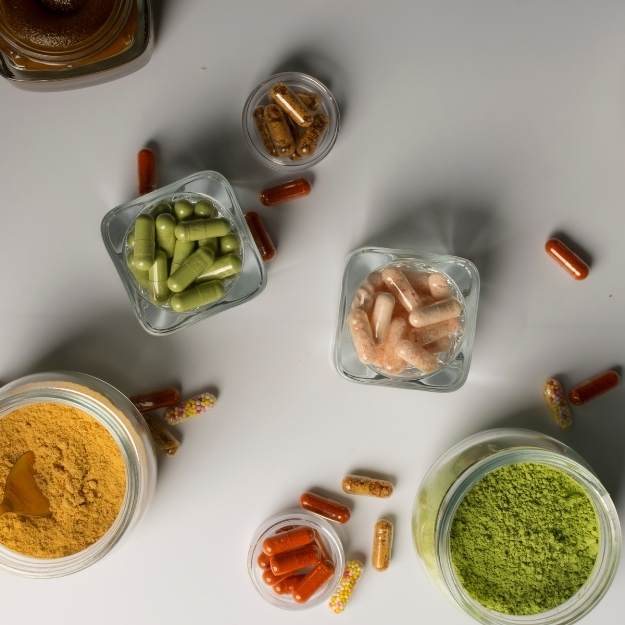
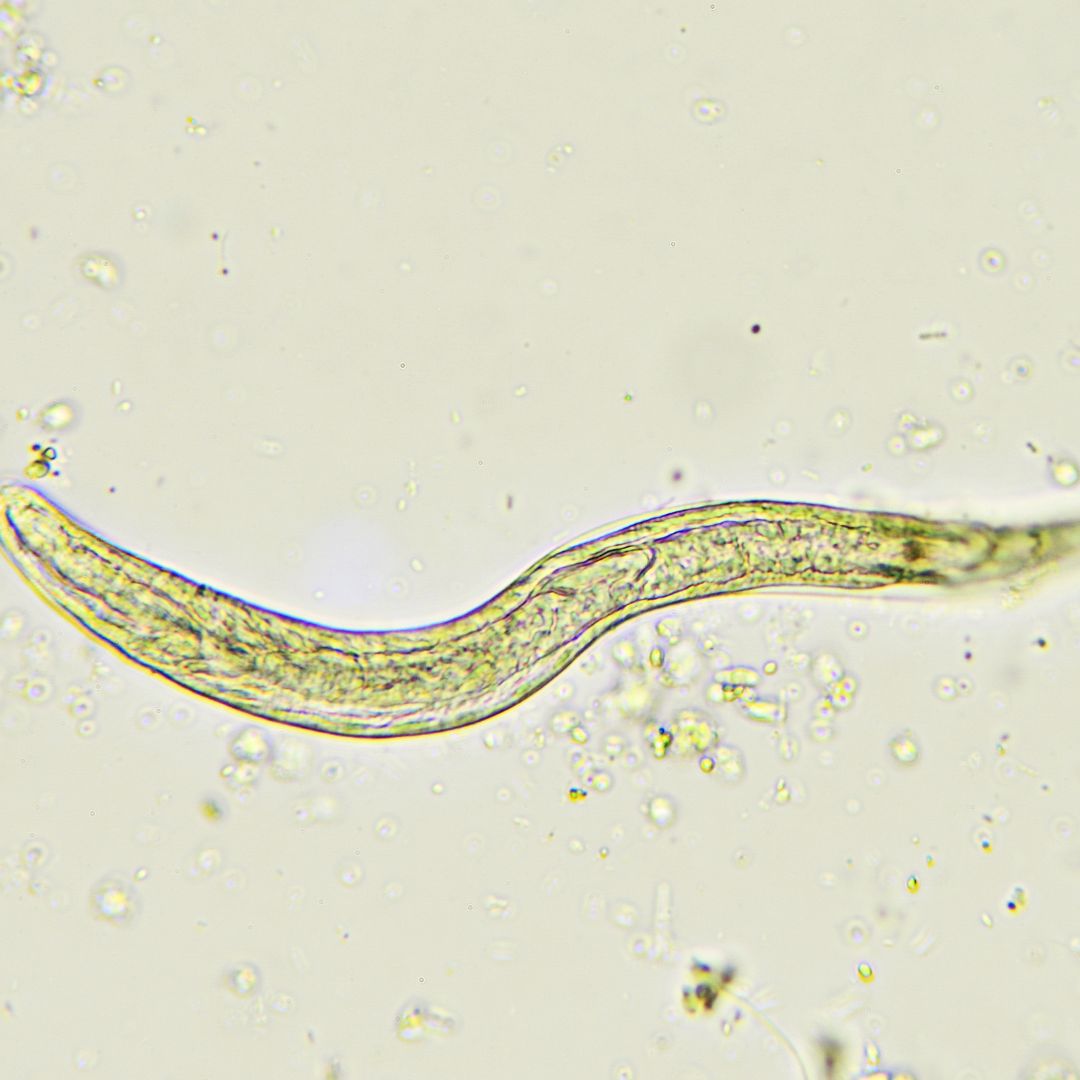


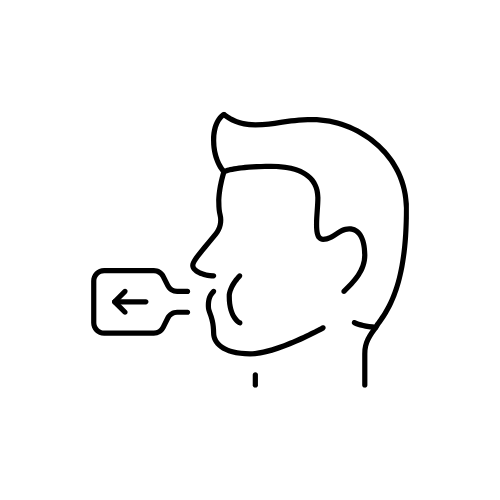

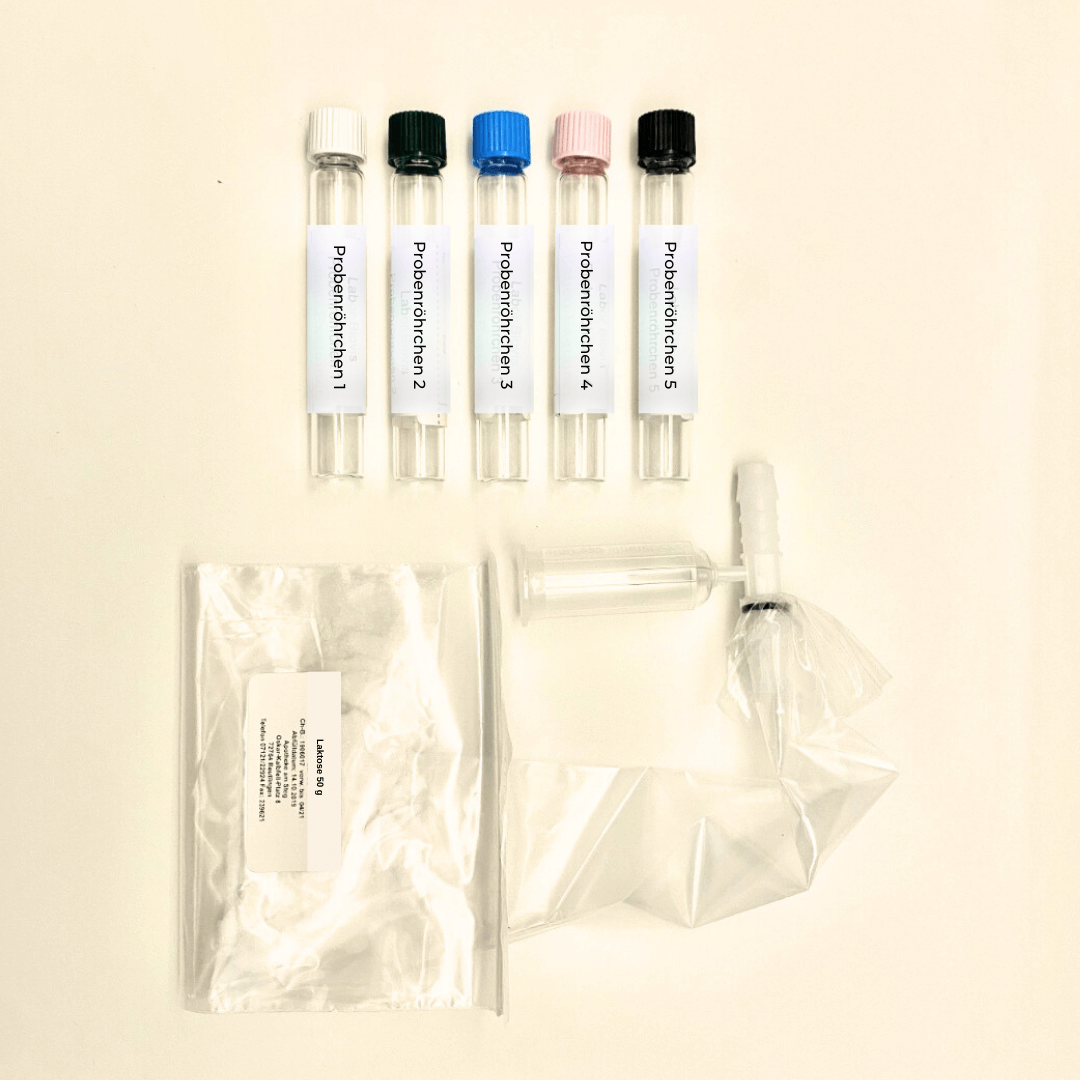







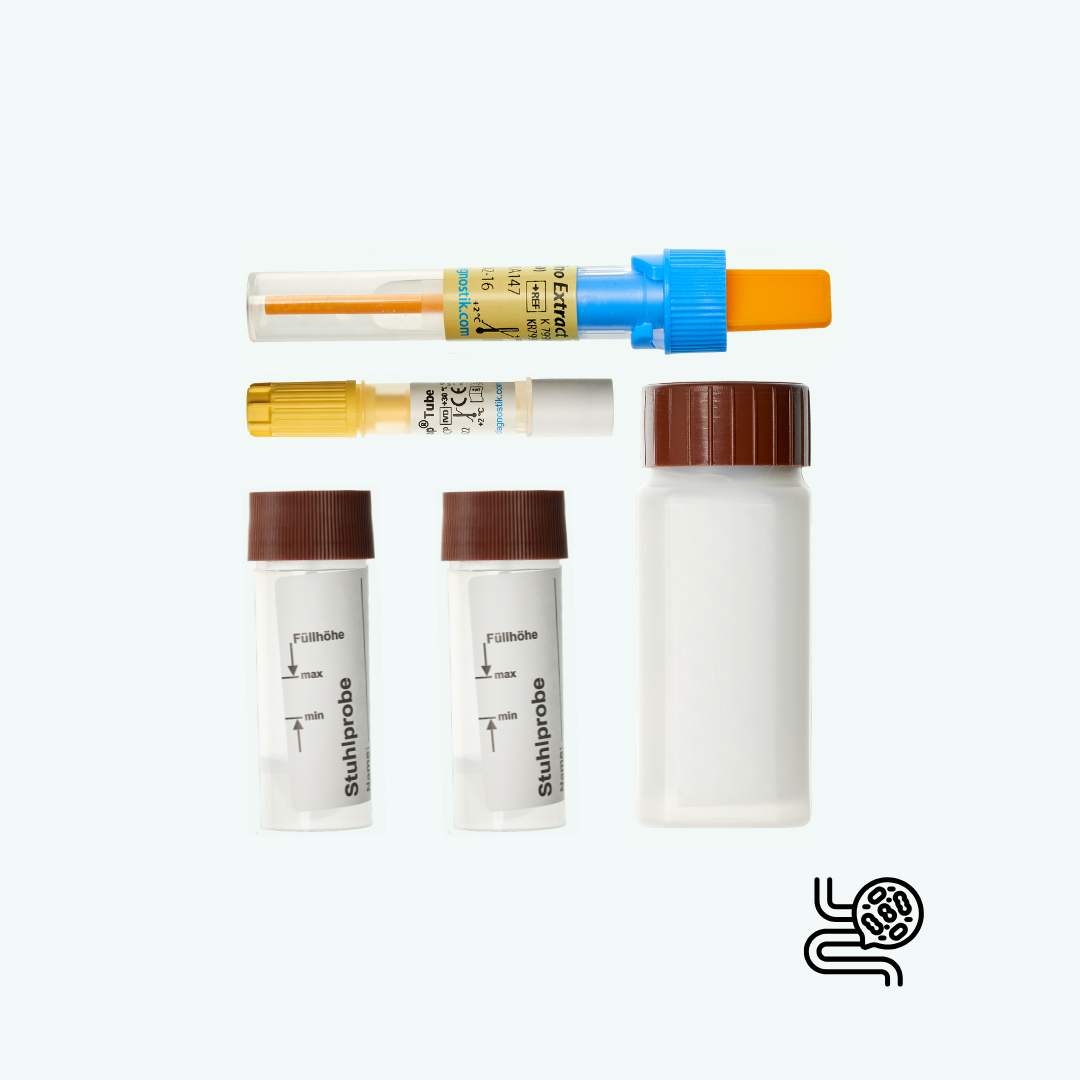




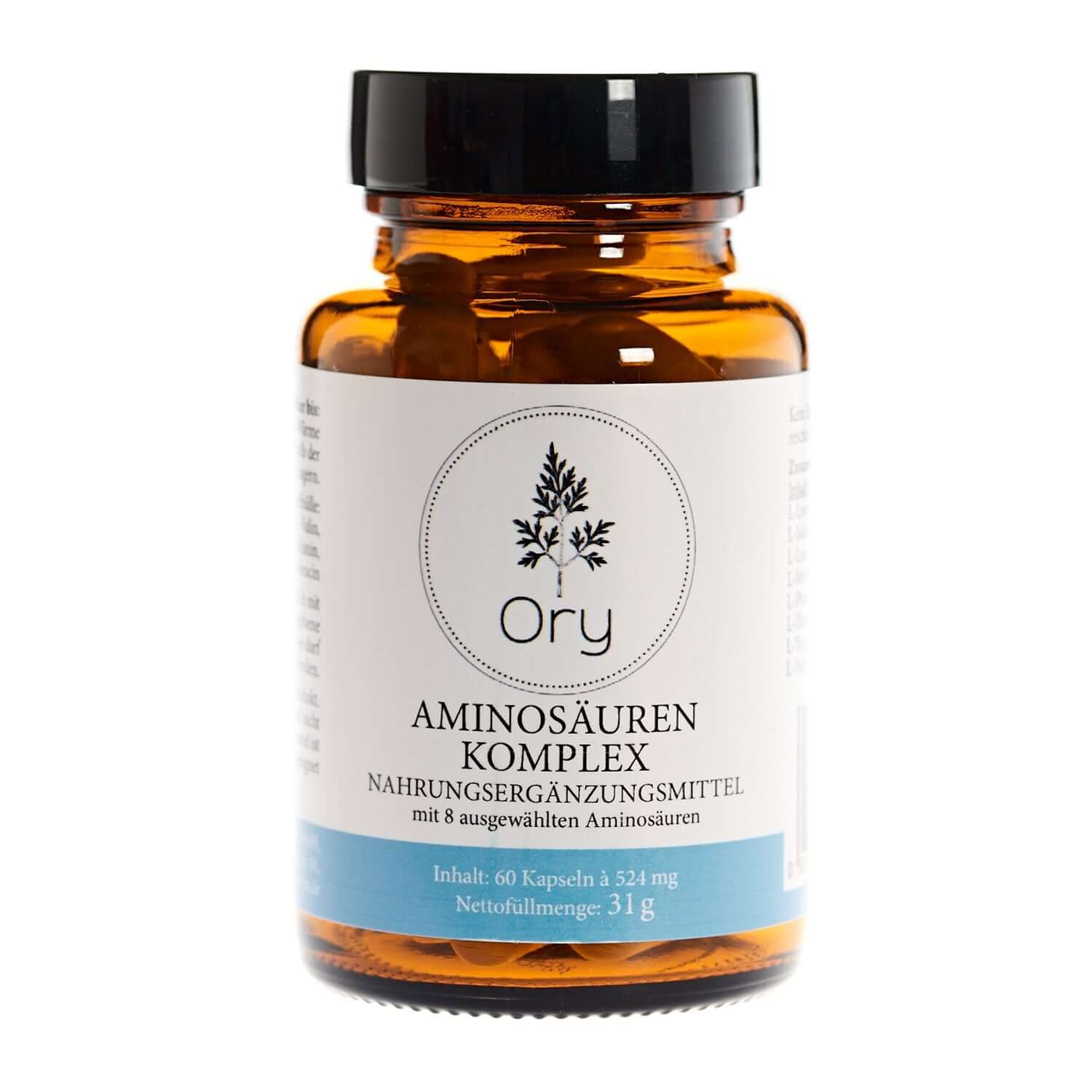
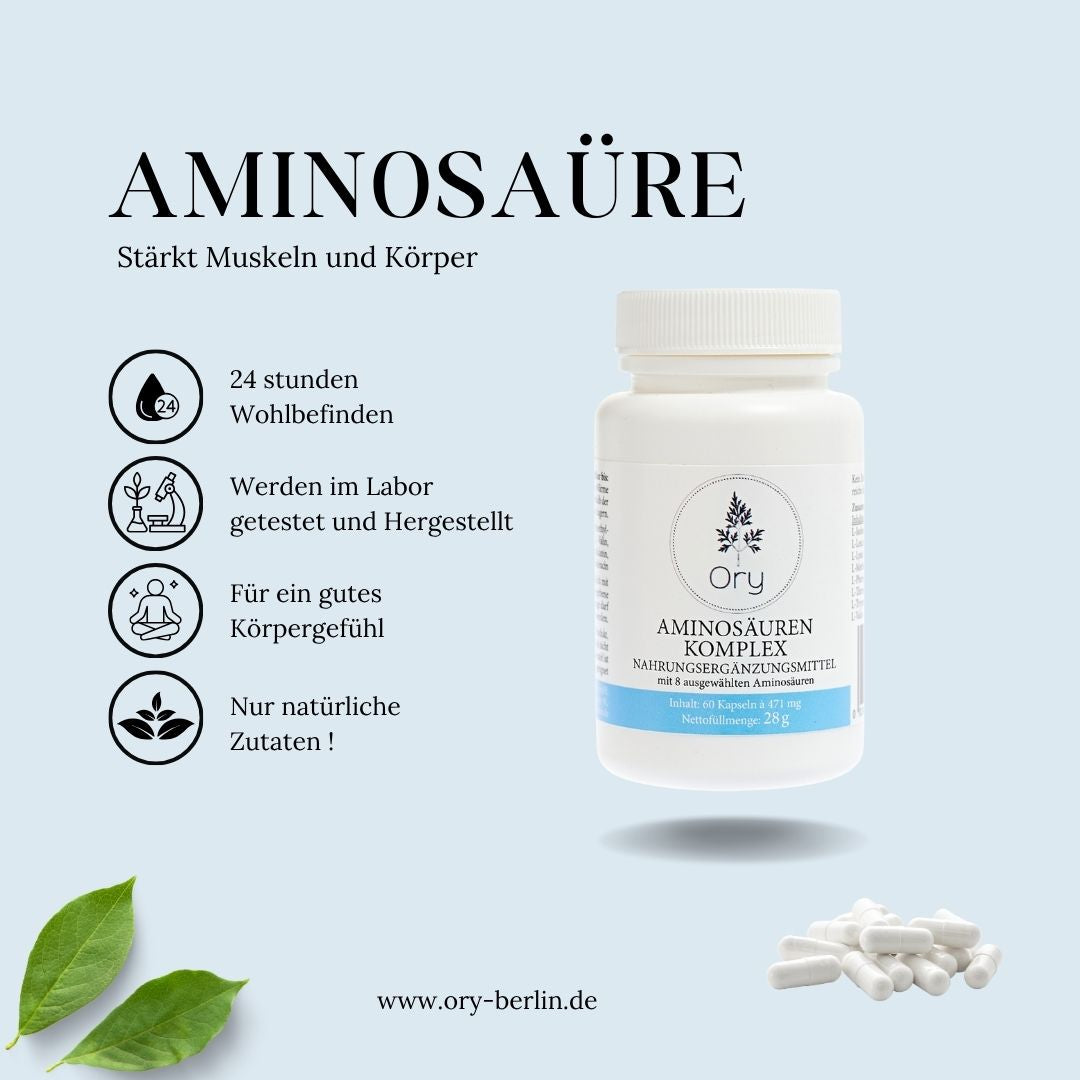
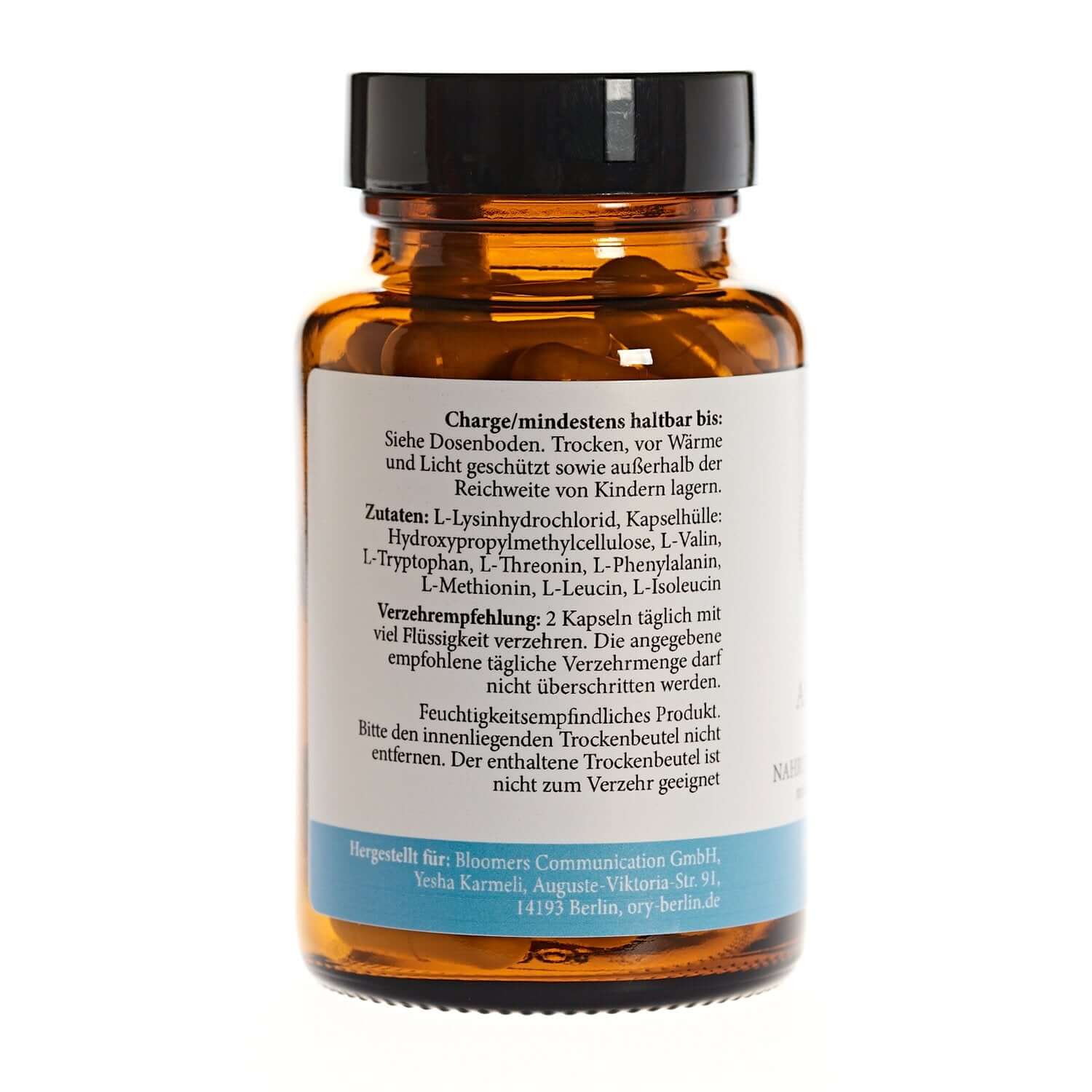


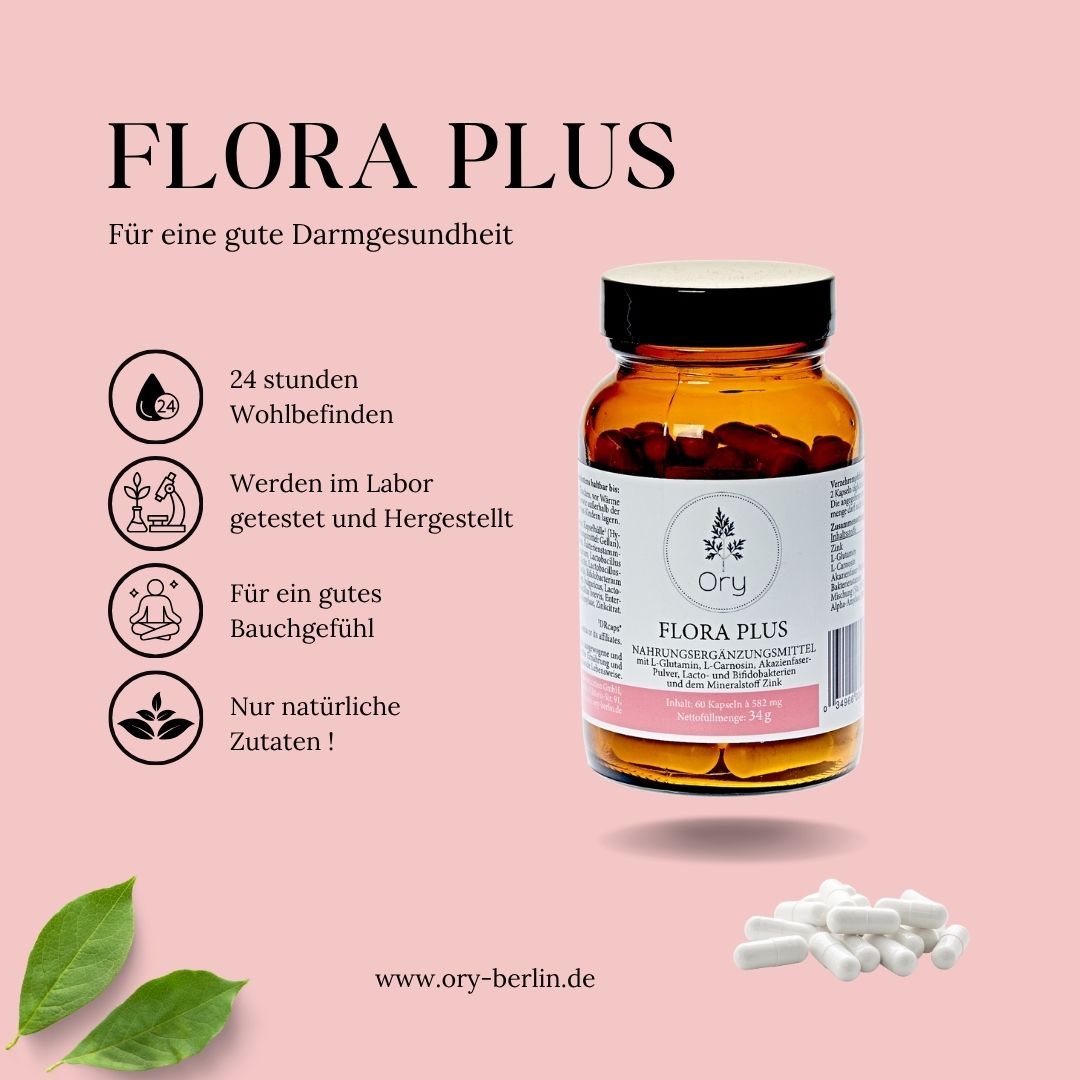
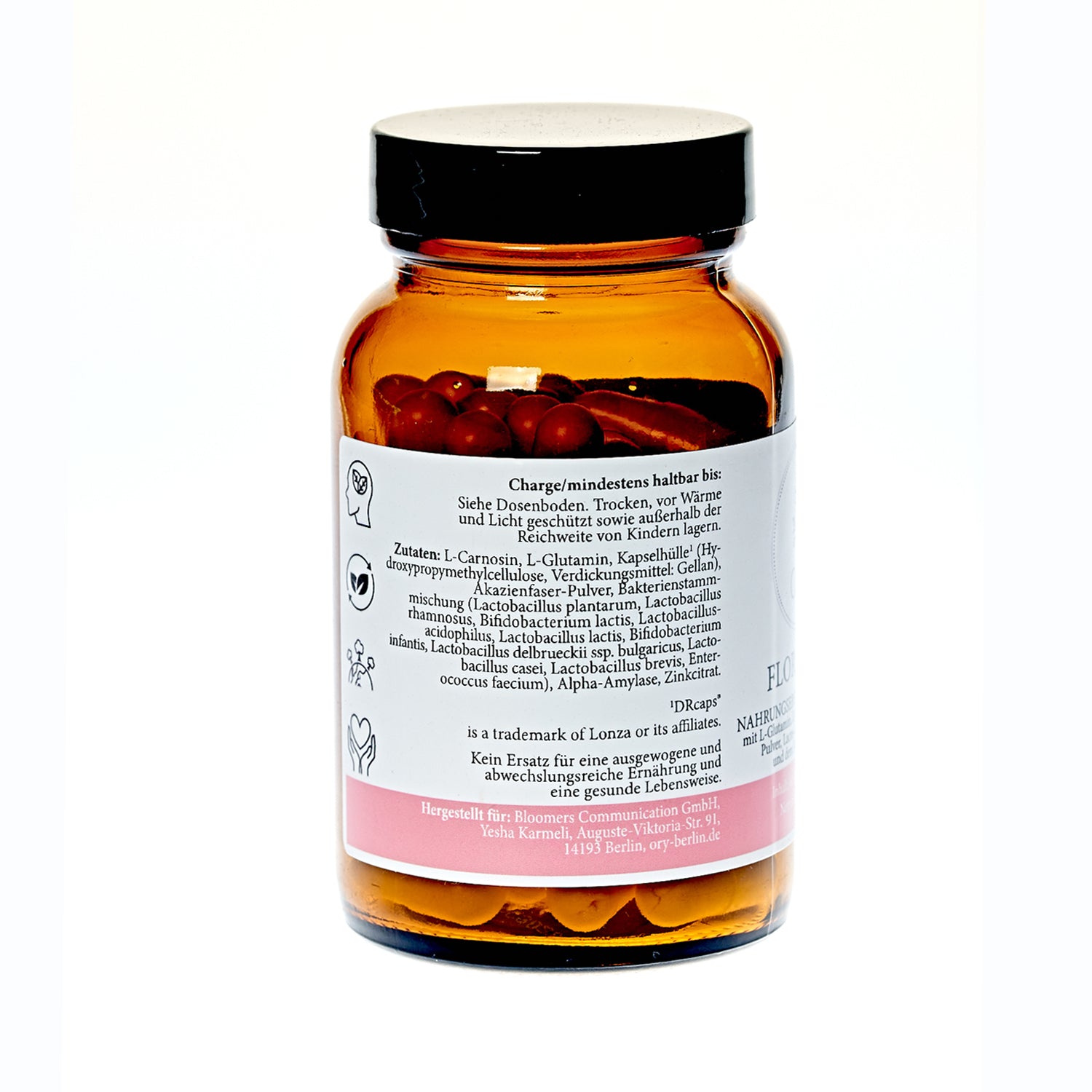
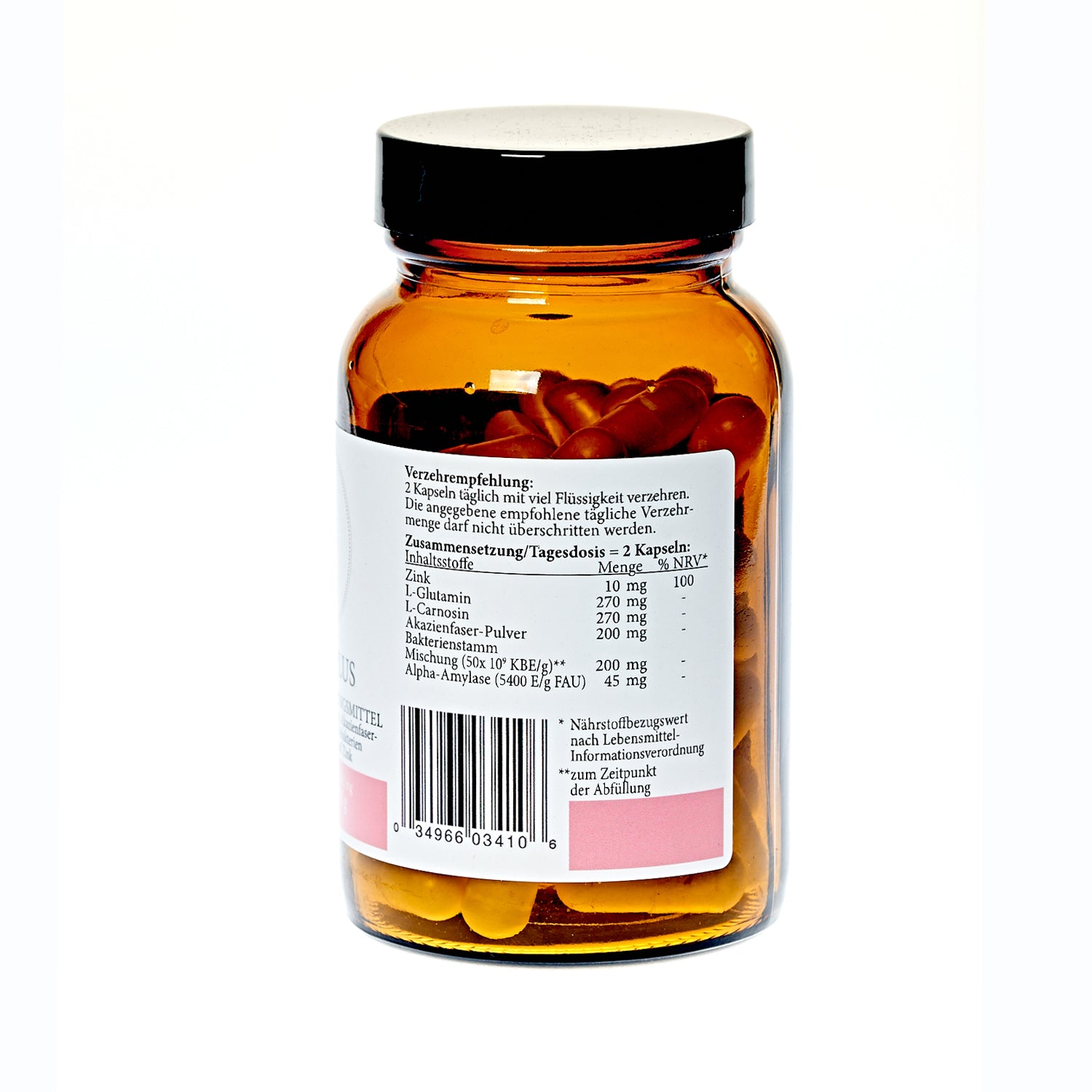
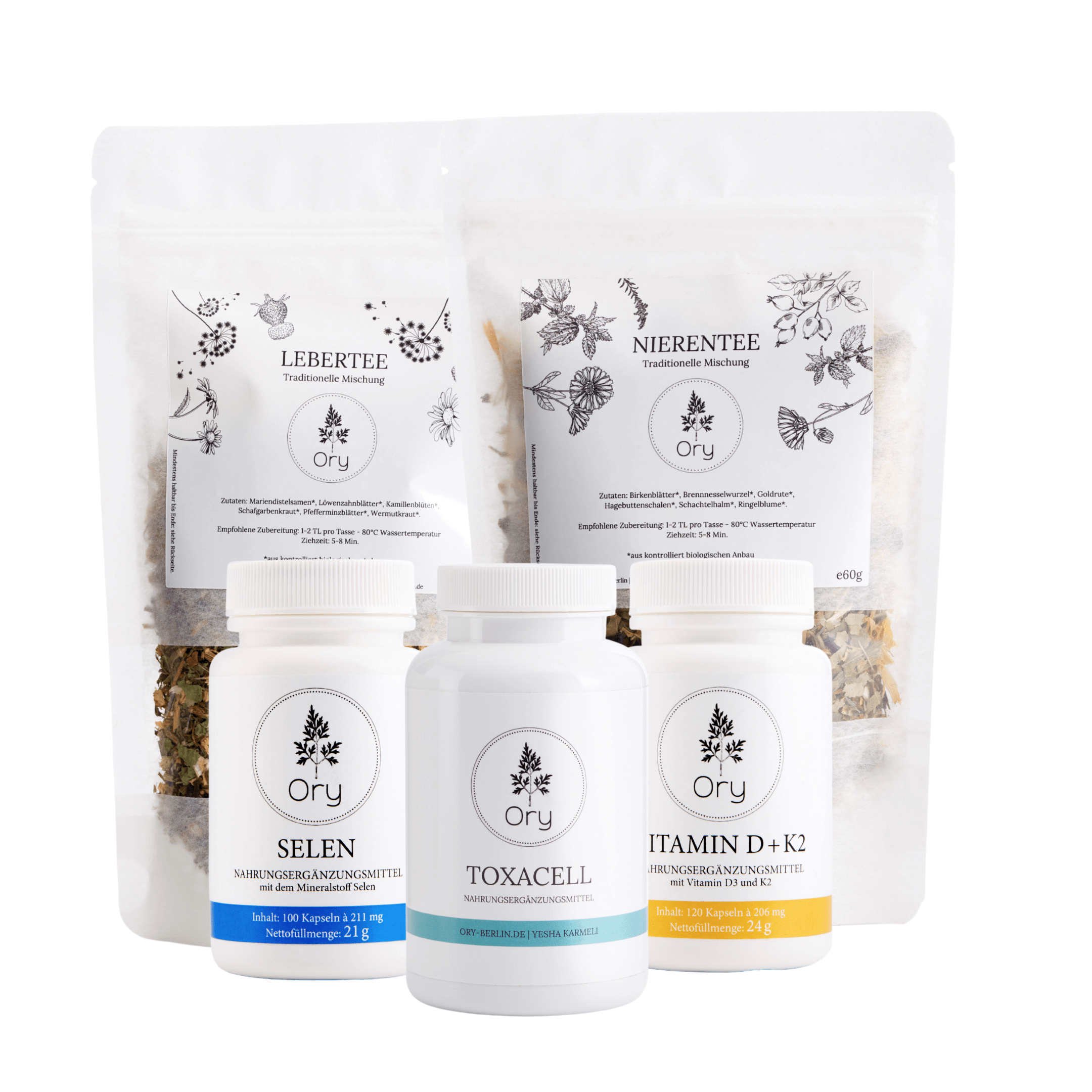
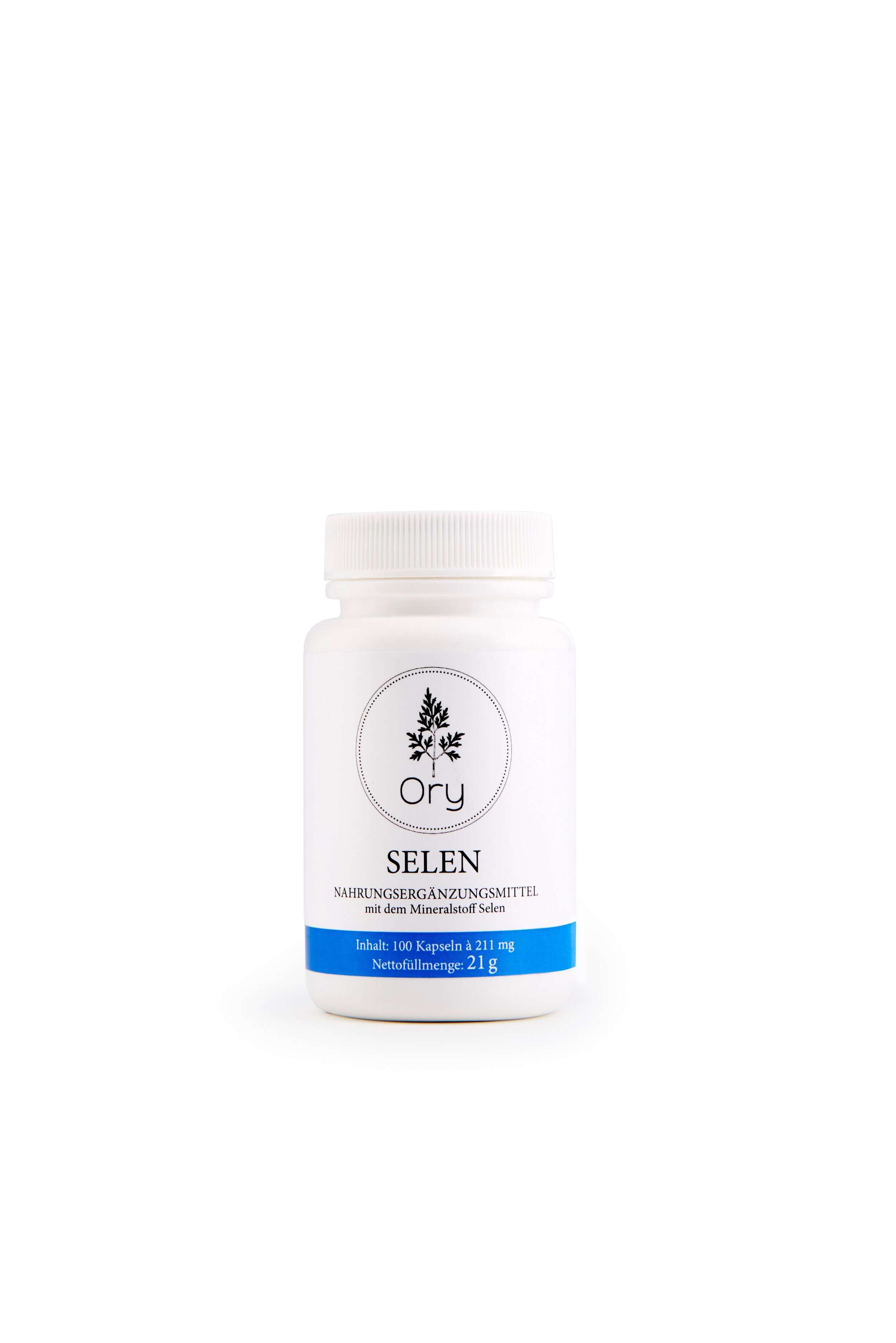
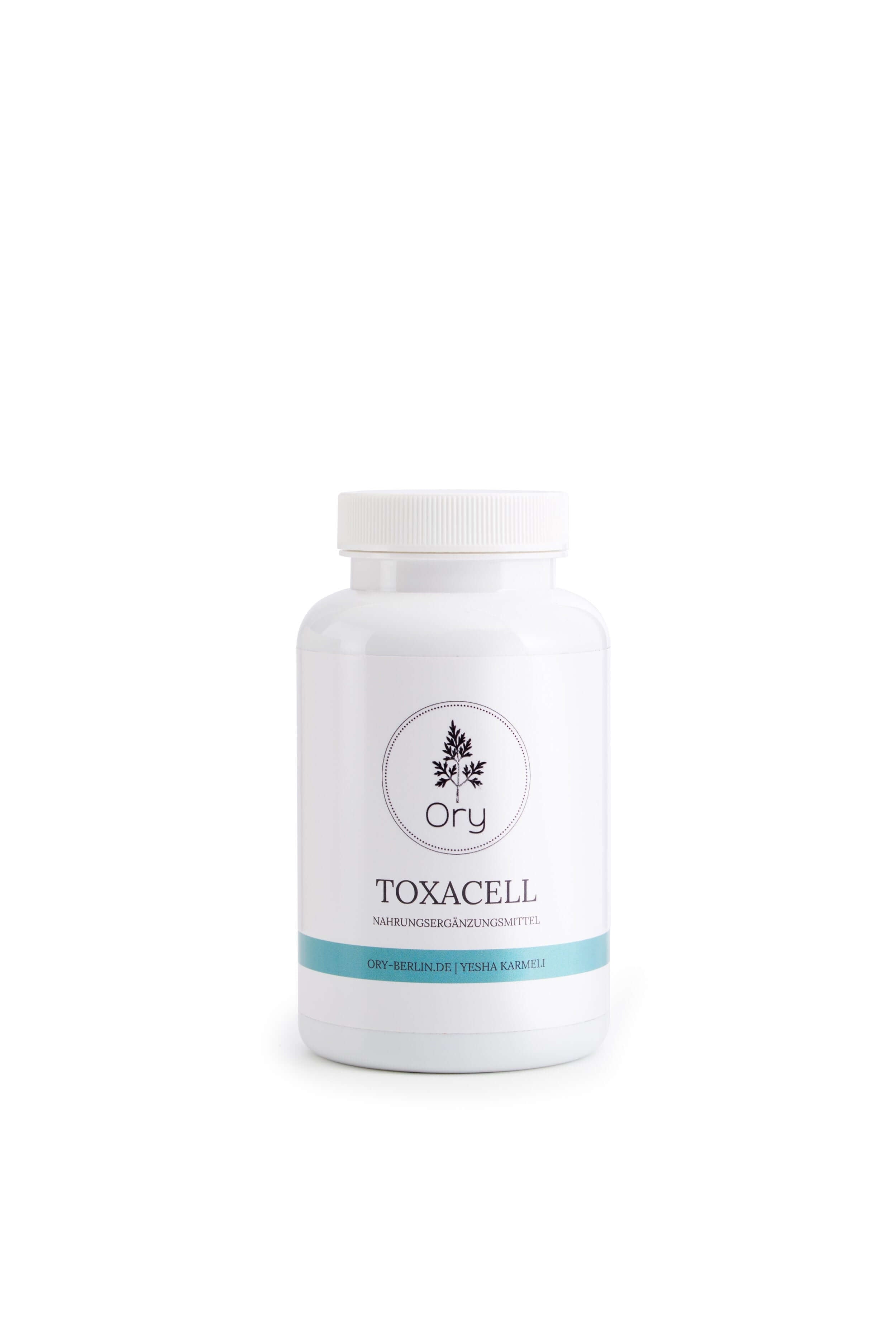
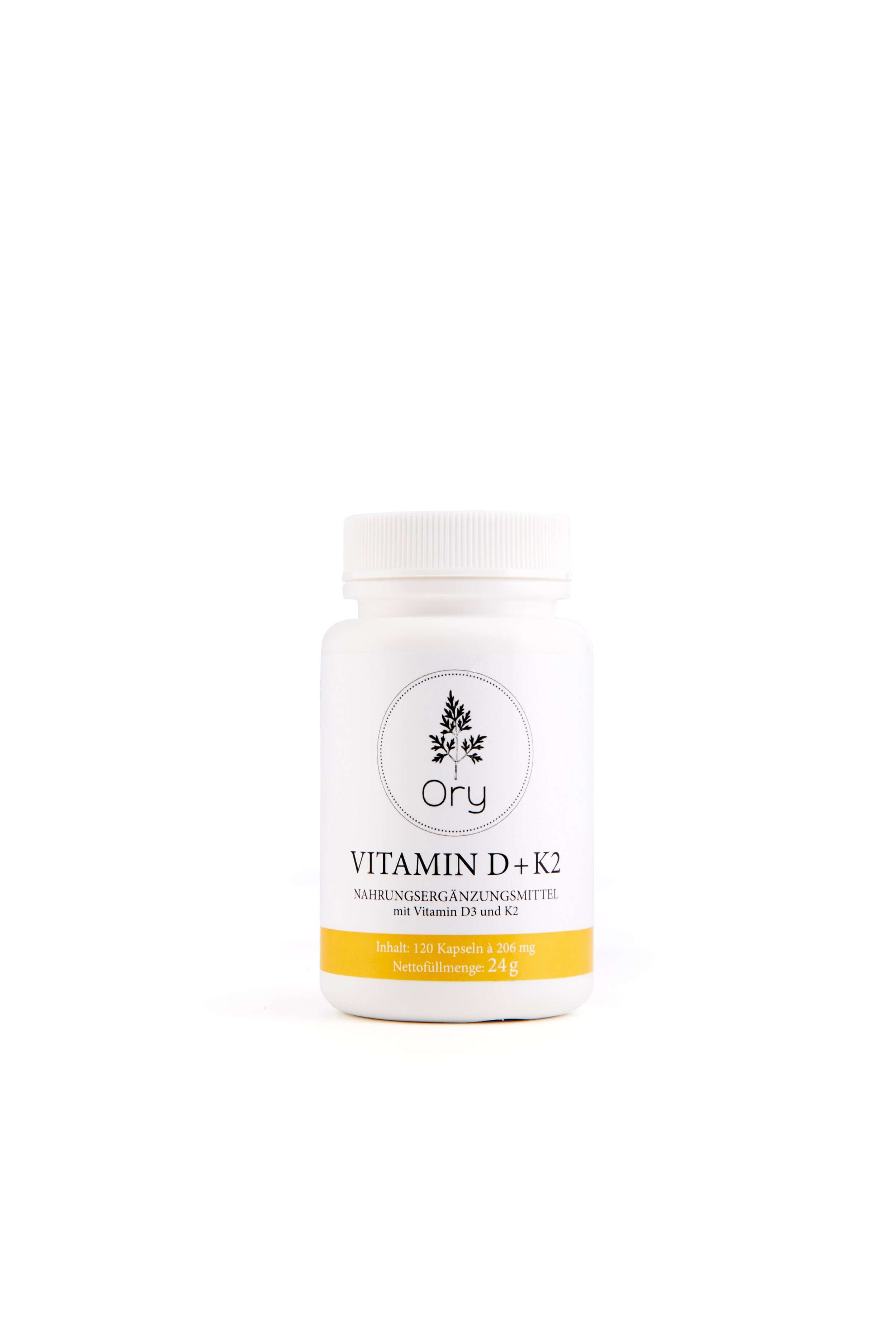


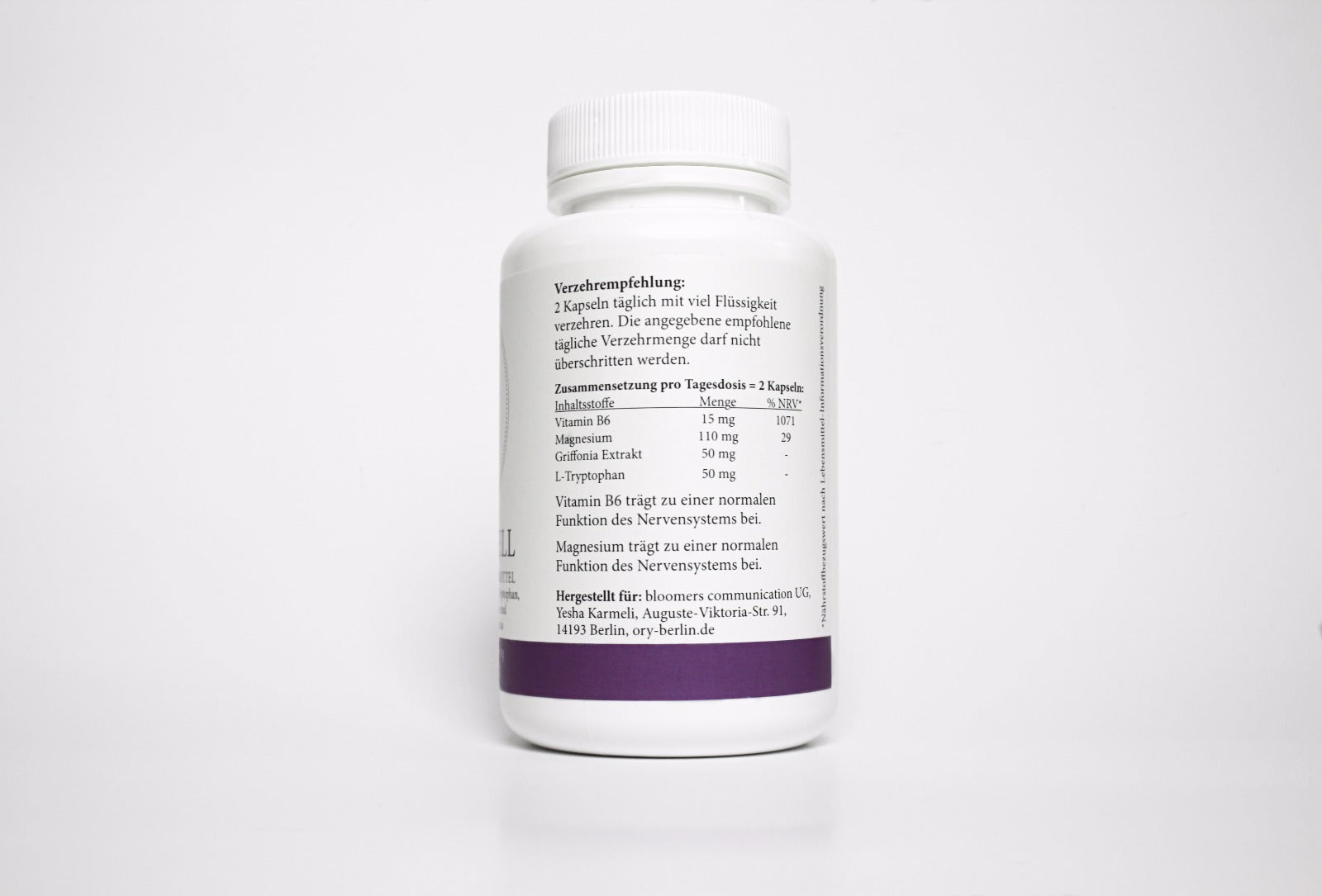
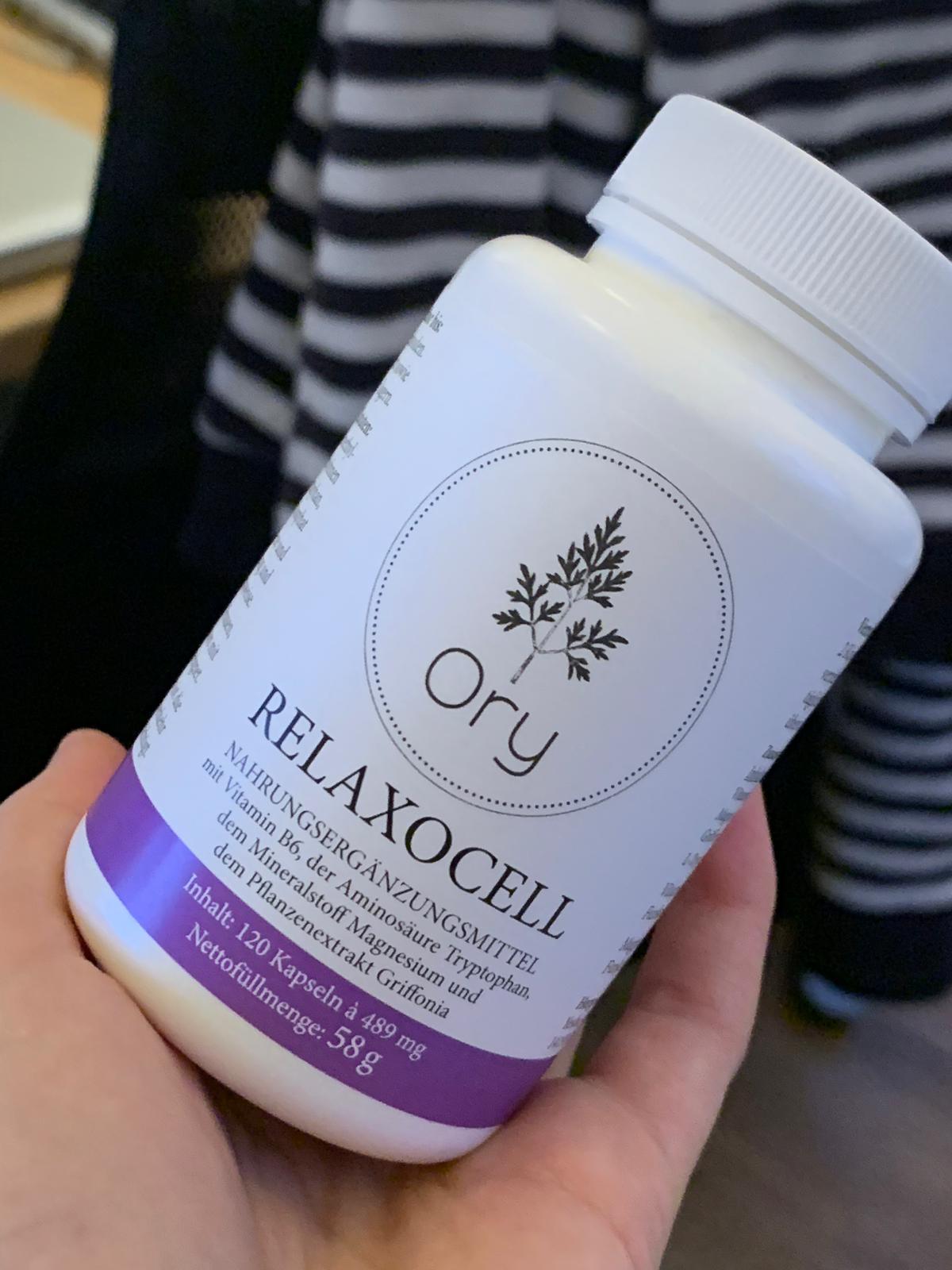









Share:
Longevity and happiness: The three dimensions of age – living healthily and fulfilling oneself into old age
Black seed oil: A versatile natural remedy and its health benefits